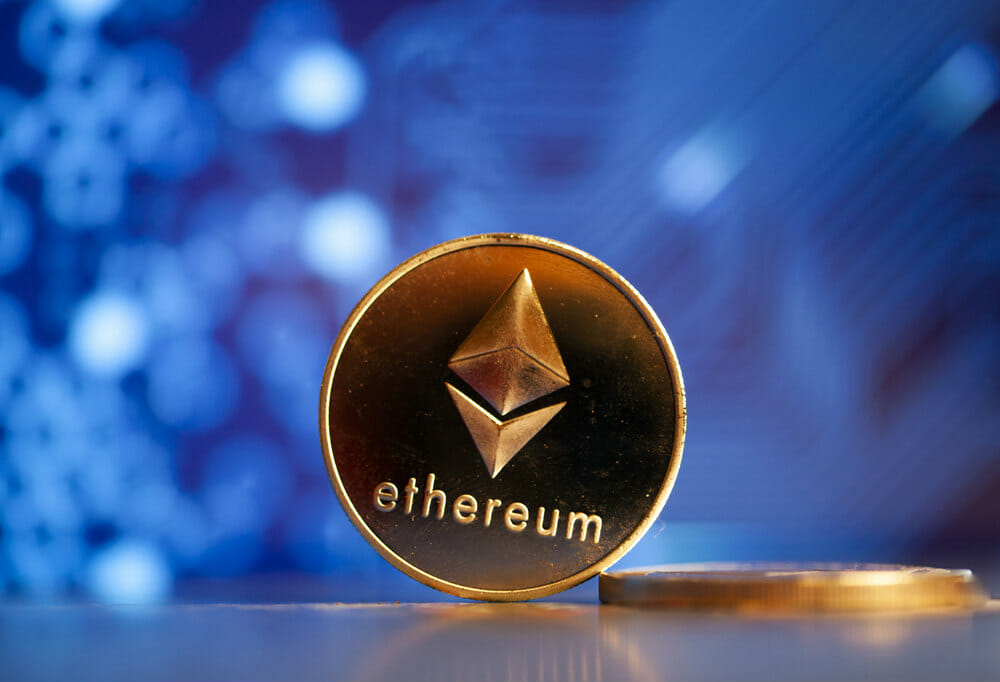Currently, gas rates are reaching minimum levels not seen since 2022, which directly affects the issuance of ETH, according to data in Blockchain.
Ethereum has been experiencing a drop in the amount of ETH burned, reaching its lowest level this year. This is due to a recent drop in average gas rates.
Blockchain provides data according to which gas fees range between 5 and 10 gwei, which is considered one of the lowest levels seen this year, directly affecting the burning of ETH.
Last Sunday, the amount of ETH burned reached just 610 ETH, which is considered an all-time low for 2024, as Ethereum gas fees have remained at minimum values. In comparison, the daily ETH burning amount between January and April this year remained in a range between 2,500 and 3,000 ETH.
The decrease in gas rates could also be attributed to a shift in activity towards L2 scaling solutions. Another possible cause would be the increasing adoption of Blob transactions, introduced with the Dencum update in March, which drove the reduction of transaction costs in Ethereum’s L2 layers. However, experts consider that low gas rates represent a possible rally for the token.
In this regard, analysts from the Santiment crypto analysis platform say the following:
“While markets have been pulling back for the past 6 weeks, the lack of demand and network strain could help turn the tide for ETH and associated altcoins sooner than many might expect.”
Even though low fees benefit Ethereum users, the decrease in ETH burning affects the deflationary aspects of the network. The “London” Hard Fork, which took place in August 2021, definitively changed the fee structure of Ethereum, as said update introduced a base fee that is burned, as well as a fee that acts as a tip for validators.
Thus, since base fees are directly tied to network usage, higher fees result in a larger amount of ETH being removed through burning.
On the other hand, Ultrasound Money provided data indicating that a couple of weeks ago the supply of Ethereum became inflationary, with a supply growth rate of 0.49%, compared to its previous deflationary nature.
Regarding this, experts point out that if activity recovers and more ETH is burned than is issued, Ethereum could once again be a deflationary asset.
Ethereum Gas Fees Drop as SEC Evaluates ETH ETFs
While the reduction of Ethereum gas fees occurs, the US SEC is waiting to make a decision on US Ethereum Spot EFTs.
As it may be recalled, the SEC postponed its decision on Ethereum spot EFTs proposed by Hashdex and Ark 21Shares in March. In the case of the first, the SEC set May 30 as the deadline for a decision, while for the second it proposed May 24.
Various experts, though, have pointed out that the SEC will probably deny Ethereum spot EFTs now in May, which would be a serious setback for the cryptocurrency industry, which expected that Bitcoin Spot ETFs, approved in early 2024, They could pave the way for other similar digital products, and thus drive the widespread adoption of cryptocurrencies.
All in all, the dynamics of gas fees and ETH burning is a paramount aspect of Ethereum, which continues to capture the attention of the community, while the network continues to evolve.
By Leonardo Perez










